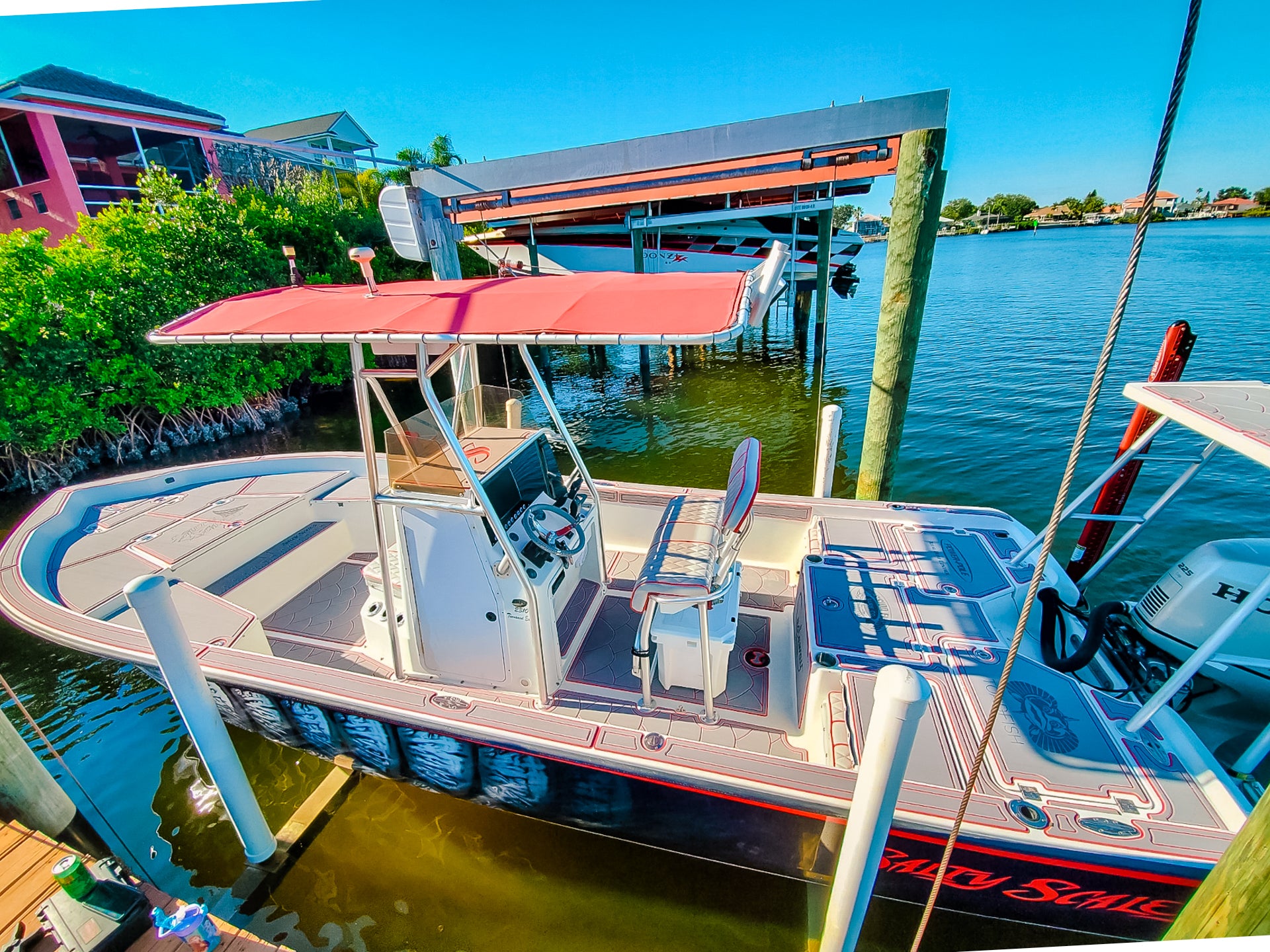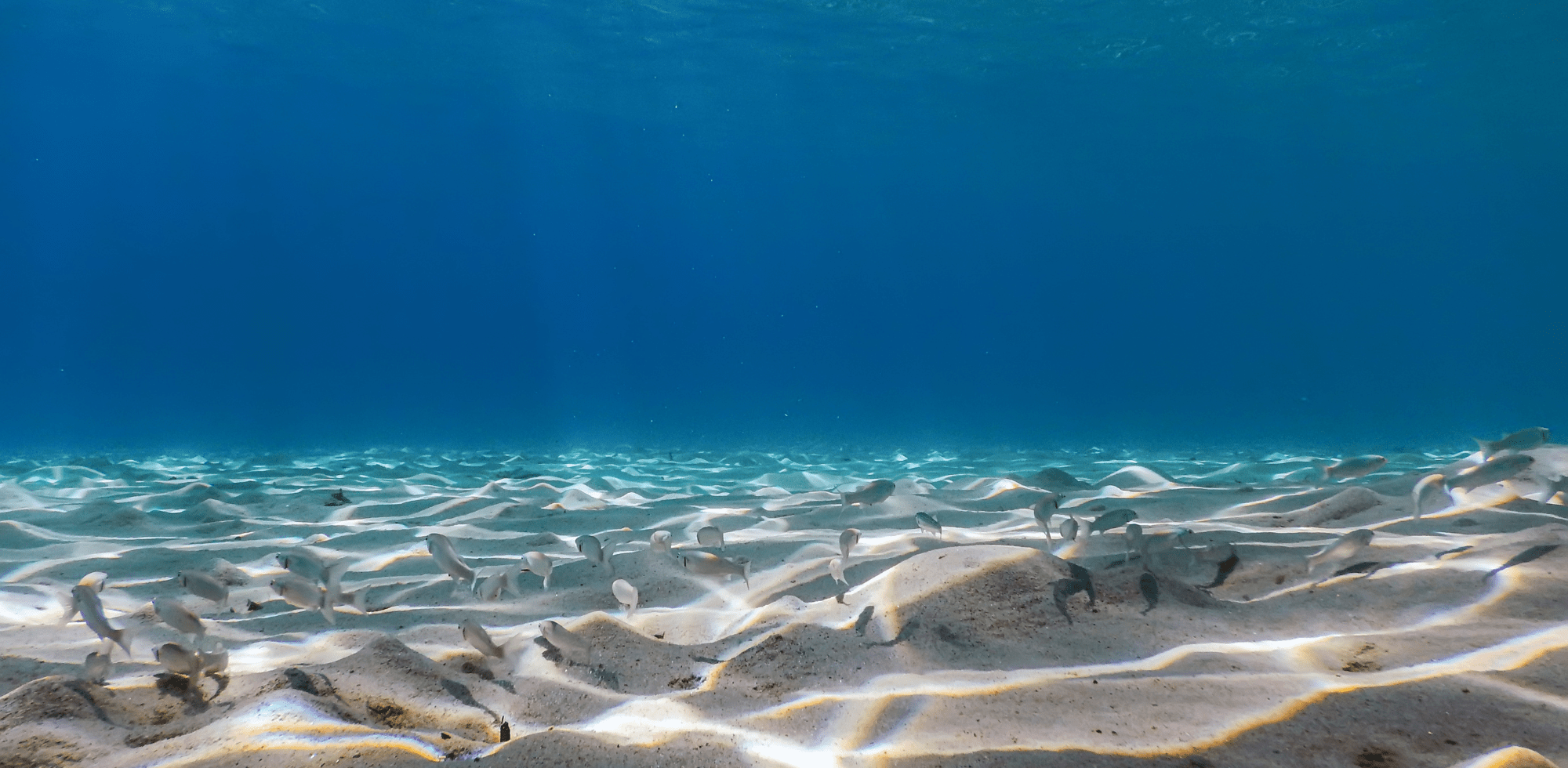In the world of fishing, shallow-water fishing is a popular activity for which many people devote their quality time. Even fishing in depths of as little as a foot brings its own sets of rules and challenges. When it comes down to it, if you’re fishing for rare delicacies in the shallowest of waters; the more experienced individuals like to opt for flat skiffs.
Flat skiffs allow floating and maneuvering in mere inches of depth, enabling fishermen to get into the casting range of the wariest of fishes with precision and, more importantly, stealth. There are multiple factors to consider when deciding between skiffs. The depth of your usual fishing spot, the weather conditions of the area and other factors are considered. Bellow we will discuss a few characteristics of different skiffs and why they are purchased to give an idea of what to look for in a flat skiff.
Small yet Streamlined
“Flat skiffs’ are small by design”, says the president of Hell’s Bay, a company that specializes in manufacturing flat skiffs shallow-water and offers nine models. Let’s take the Marquesa skiff for instance; it sports a length of 18 feet and a beam of 6½ foot giving it a rather small footprint. This allows the skiff to slip quietly through water, which is an important factor to consider if you plan to pole all day.
Flat skiffs have a relatively lower profile than that of flat boats and this offers two great advantages to a shallow-water fisherman; the first is that it offers a reduced surface area that results in minimal wind resistance. The second advantage is that its flat design makes the skiff almost invisible to an unsuspecting fish that swims into your territory.
Lightweight
The strong yet lightweight materials available today have allowed engineers to come up with advanced techniques for boatbuilding. As a result, ultra-light skiffs are created that draw little water. The carbon fibers in these skiffs are as light as a feather, and are used in conjunction with VARIS, Hell’s Bay vacuum assisted resin infused system that minimizes weight while maintaining its strength in HPX models.
Accessories add extra weight, and that’s counterproductive to a skiff’s mission. This theory works really well and the Hell’s Bay Professional is proof. Its hull weighs only about 625 pounds, and at a rest draws only 4½ inches of water, with engine and fuel as well.
Hull Design
Permit and Bonefish are particularly sensitive to sound in shallow waters. Skiffs are built paying extra to reduce the noise generated from water slapping against the sides and the bottom.
A flat skiff features a comparatively flat bottom. For instance, the Hell’s Bay Professional measures zero degrees of dead rise on the transom. While this may minimize the draft, it might give you a lot of thumping should you have to cross a rough stretch of water. All flat skiffs are built with compromises as well as sacrifices so they can perform the best in the shallowest of waters.
When purchasing a skiff of your own, think hard about the characteristics that can compliment your fishing habits, and make the decision accordingly.


